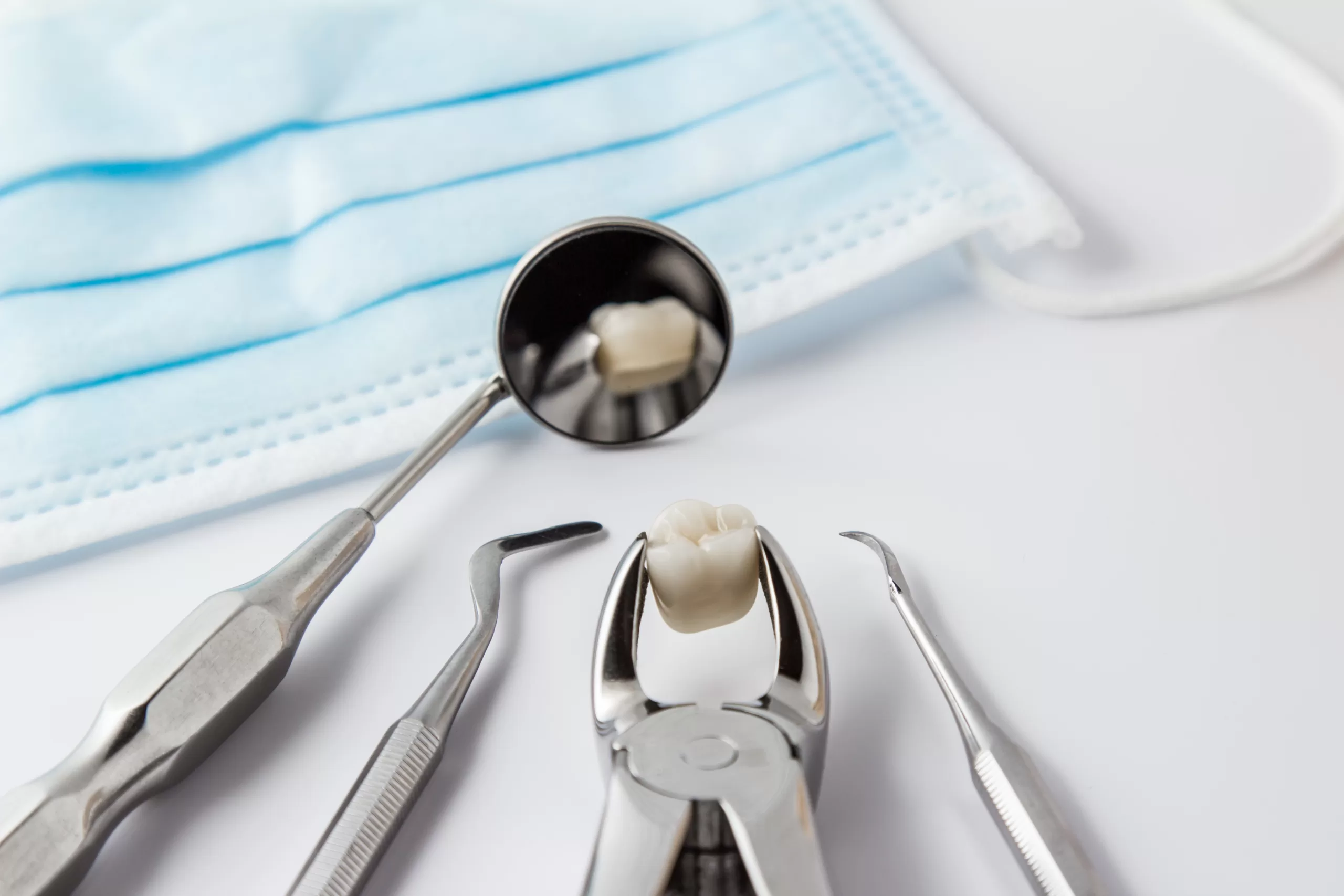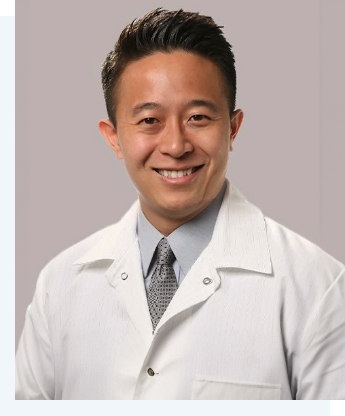
If you or your child has an underbite, you should rest assured that there are a few different procedures that can correct the issue for good. For young patients born with an underbite, dental surgery may not be required, and correcting an underbite often includes one of the following non-surgical procedures:
If you or your child has an underbite, you should rest assured that there are a few different procedures that can correct the issue for good. For young patients born with an underbite, dental surgery may not be required, and correcting an underbite often includes one of the following non-surgical procedures:
An Upper Jaw Expander
With an upper jaw expander, a wire-frame device is fitted across the Glendale patient’s palate. This device is worn every night, and a special key is used to widen the expander a small amount every time the device is worn. By wearing this upper jaw expander every night, a child’s upper jaw will eventually widen until his or her lower teeth no longer close outside of the upper teeth. To use this treatment option for an underbite, an upper jaw expander is typically worn for about a year. After termination of the upper jaw expander, a retainer is usually worn.
A Reverse-Pull Face Mask
Resembling a braces headgear, a reverse-pull face mask wraps around a child’s head. By wearing this headgear, the upper jaw is pulled back into the correct position using metal bands that are fastened to the upper back teeth.
Correcting an Underbite in Older Glendale Patients
While non-surgical procedures may help correct an underbite for children born with the condition, it’s a different story for adults. Some Glendale adults were born with an underbite but never had the condition corrected. Others have experienced jaw misalignment over time, or due to an accident. Whatever your unique case, the doctors at Foothill Center for Dental Implants and Oral Surgery can have the dental surgery experience to correct your underbite for good.
What is Dental Surgery Like to Correct a Jaw Misalignment?
The description of corrective jaw surgery for an underbite may sound complicated and painful. But rest assured, when the doctors at Foothill Center for Dental Implants and Oral Surgery are treating you, they will use extreme care to make you as comfortable as possible throughout the dental surgery process.
To correct an underbite through corrective jaw surgery, your doctor will:
- Begin the underbite correction process by first using braces to straighten all your teeth;
- Once your teeth are straightened, your doctor will make cuts into your jawbone to move them into the correct position;
- If necessary, you may have a jawbone graft;
- To keep your new and correctly aligned jaws in place, your doctor will secure your jawbones with screws and plates;
- After several weeks, your braces will be removed.
Again, we understand that the description of this dental surgery may seem like a bit much for a Glendale dental patient, especially one who has never undergone any type of surgery before. But rest assured, the team at Foothill Center for Dental Implants and Oral Surgery have extensive experience in jaw correction surgery, and will do everything they can to make you as comfortable as possible throughout your entire procedure.
I Have an Underbite. What Should I Do?
If you have an underbite, you are probably already aware of the cosmetic or aesthetic differences it makes in your overall look. But did you know that an underbite can also be responsible for a number of other conditions, including jaw or joint pain, difficulty chewing or swallowing, speech impairment, and breathing problems? With all of the cosmetic and functional problems caused by an underbite, there’s no reason that you should continue experiencing the condition when a safe procedure is available to correct it.
If you have an underbite, call our Pasadena office at (626) 792-3161 to schedule an appointment and consultation with us today.





